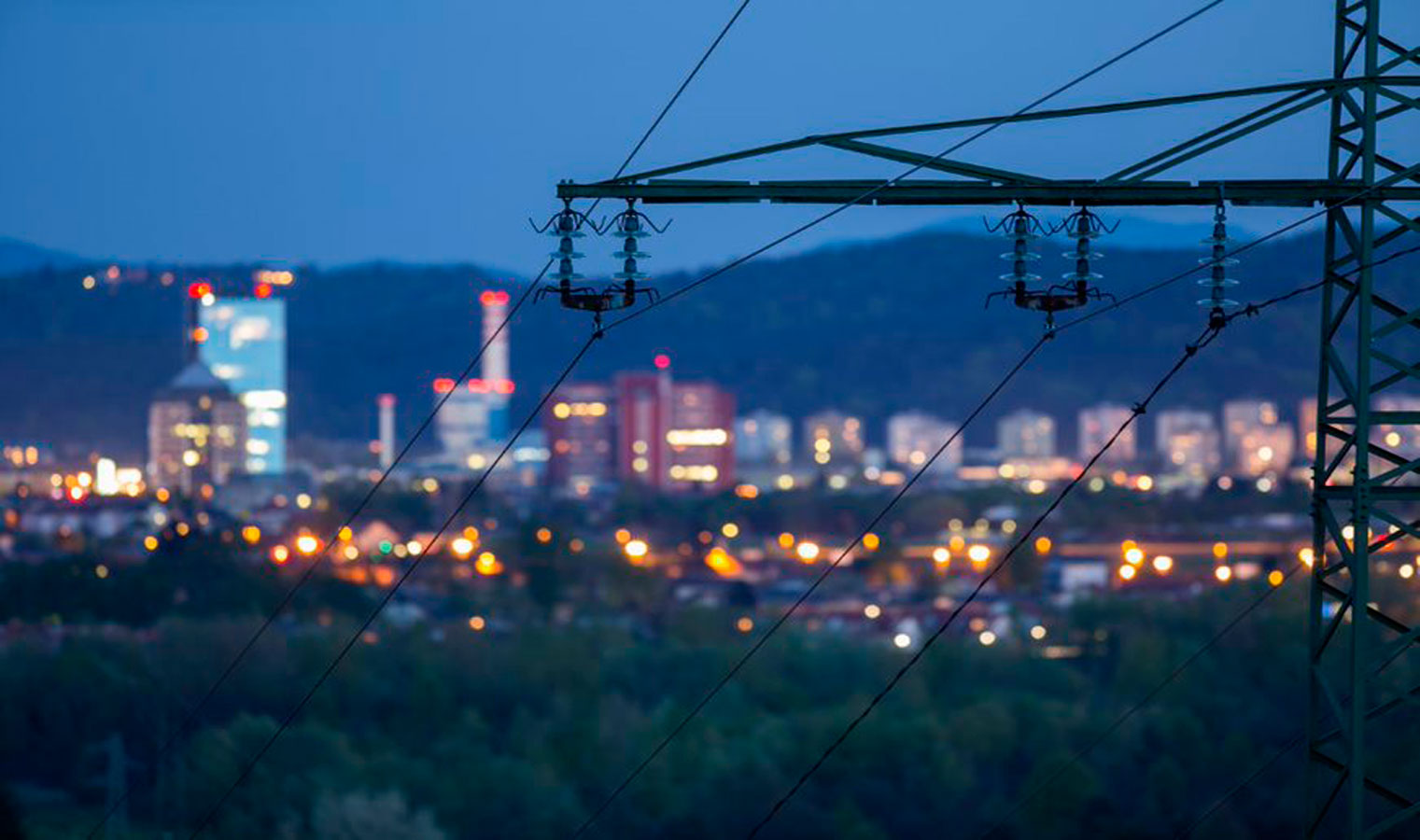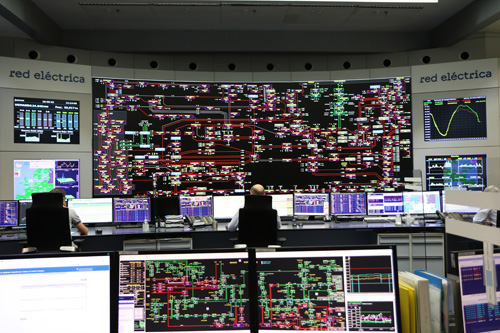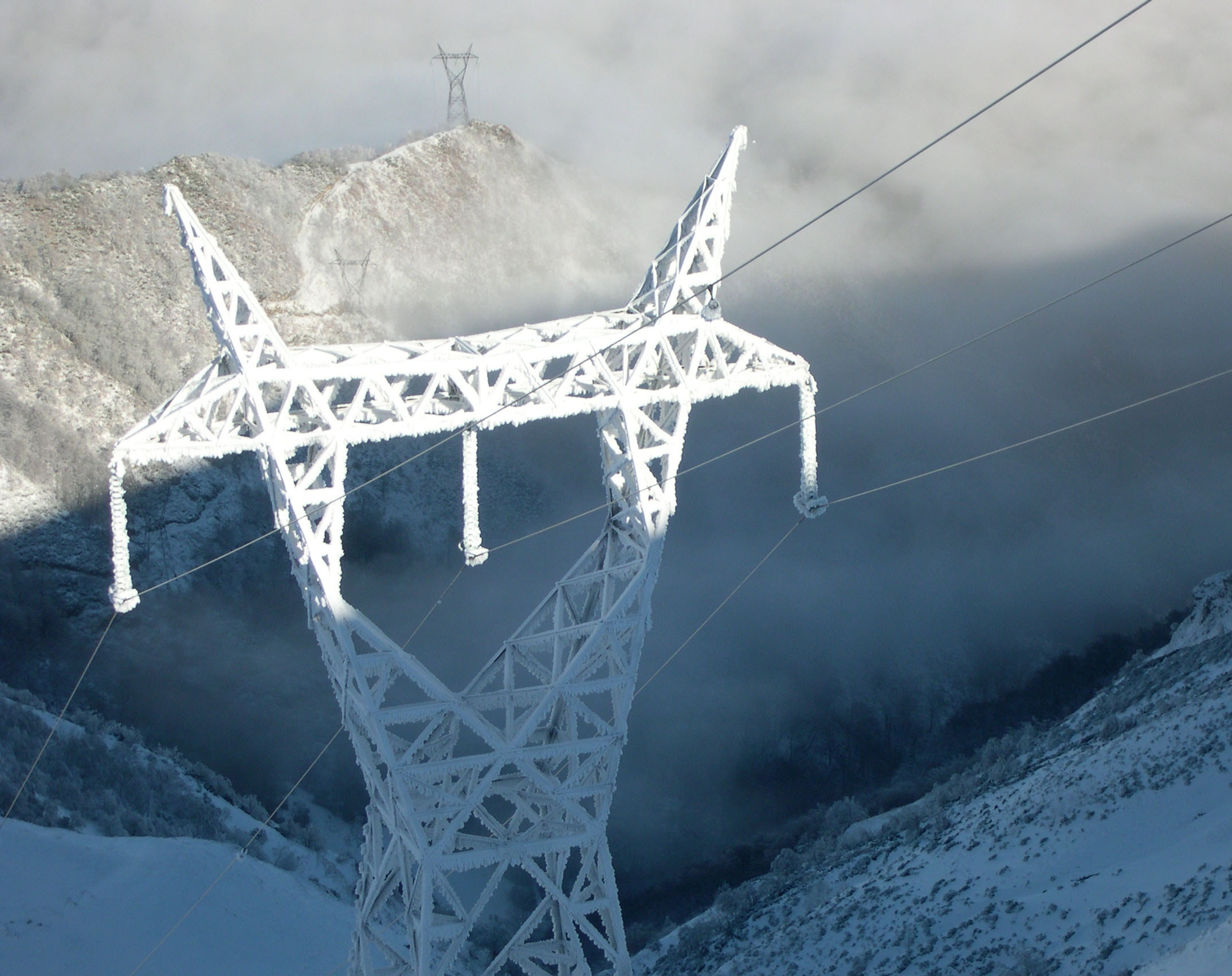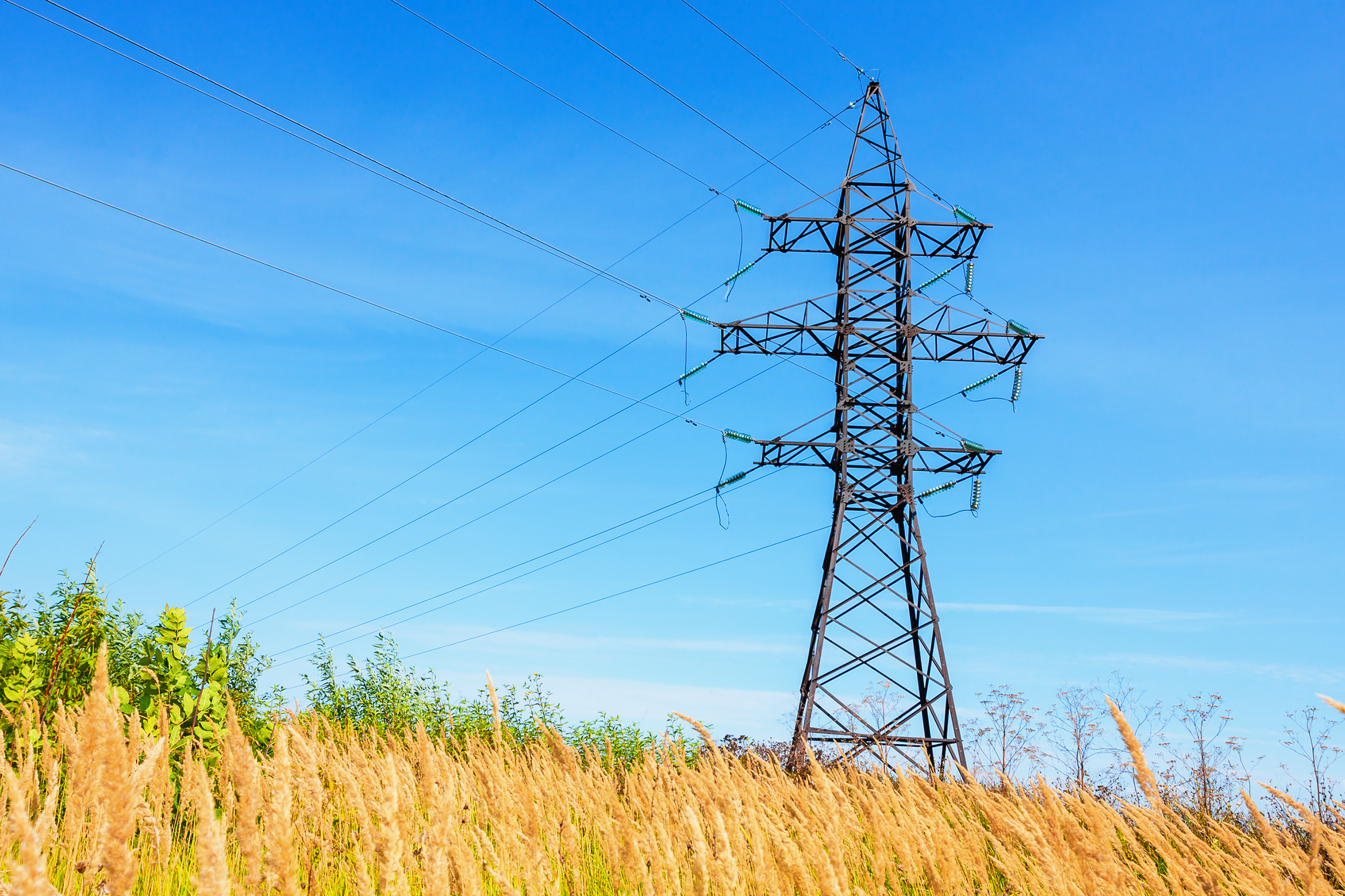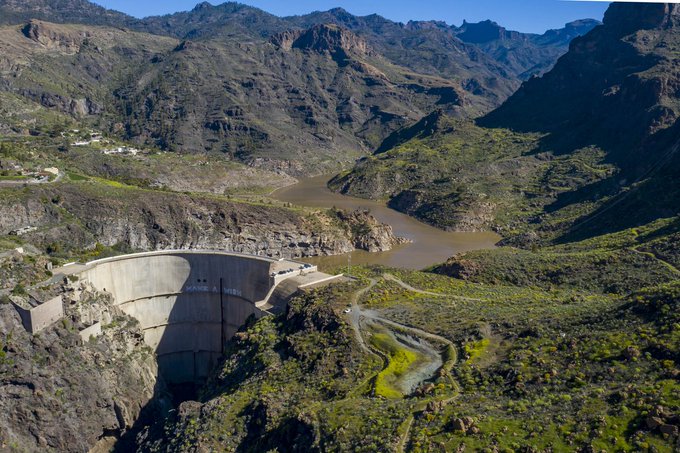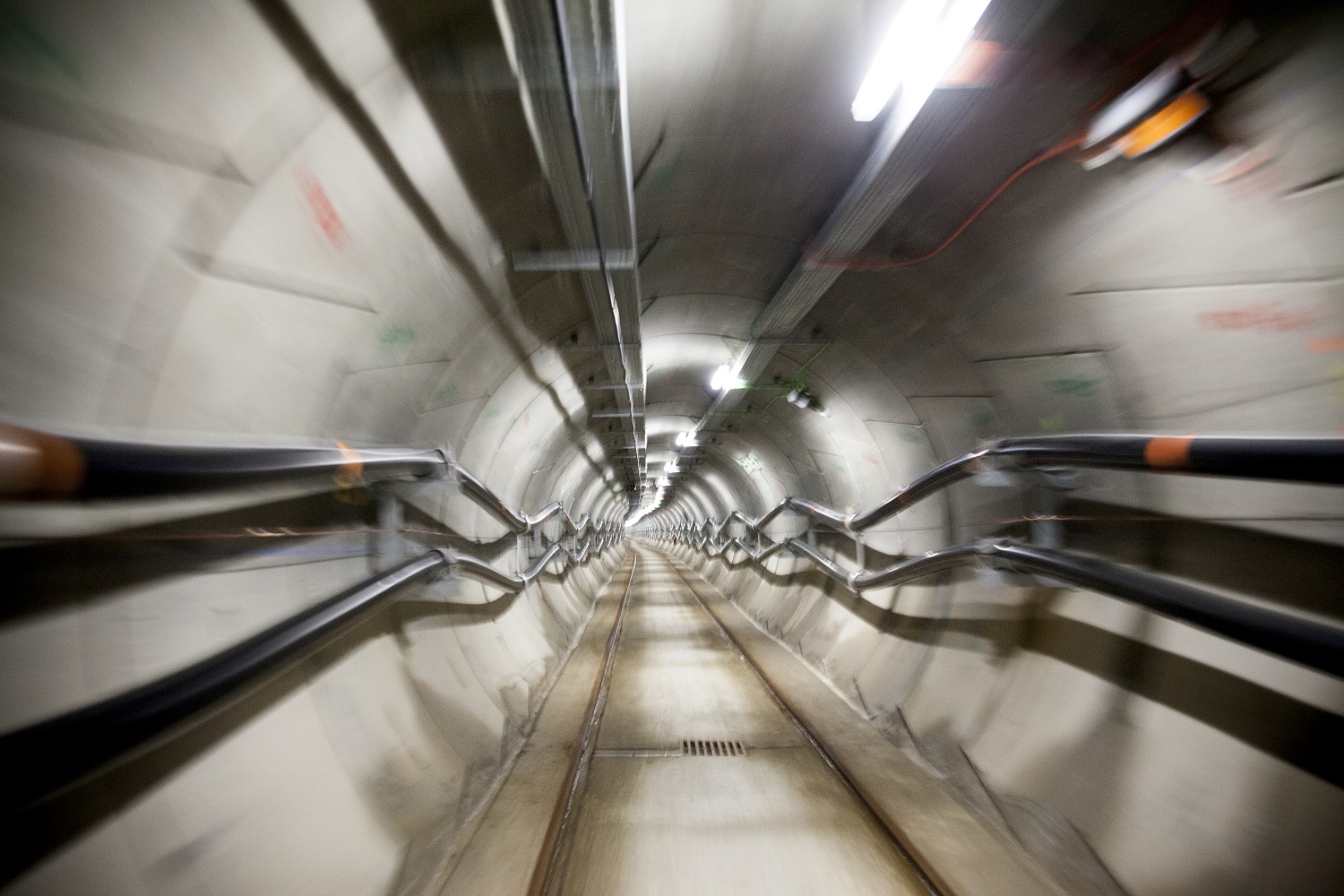For 40 years, we've been driving our country's economic and social progress. Four decades shaping Spain.
Red Eléctrica de España presents its comments and arguments regarding the Circulars issued by the CNMC
Red Eléctrica de España has today finished presenting its comments and arguments to the draft Circulars issued by the Spanish National Markets and Competition Commission (CNMC) regarding the remuneration model of the electricity system operator and that of the electricity transmission activity, as well as the financial remuneration rate that affects both activities. This has been done within the period established by the regulator and within the framework of the public information and consultation process.
Below you will find the link to the Executive Summary outlining Red Eléctrica’s main observations and arguments, as sole HV transmission agent, in response to the new methodology proposed by the CNMV in its Draft Circular regarding the remuneration of the electricity transmission activity.
Download the Executive Summary
Red Eléctrica proposes that:

The comments and arguments, contained in a 160-page document, address more than 75 aspects, and its objective is to contributing towards establishing a regulatory environment that will enable the Company to face its key role as sole transmission agent and operator of the electricity system when tackling the major challenge posed by the Integrated National Energy and Climate Plan regarding the integration of renewable energy. Furthermore, and more importantly, so that the Company can undertake the significant volume of investment (from private financing) that will be required by the ecological transition process and the transformation the electricity system requires in order to move towards smart grids and the introduction of artificial intelligence.
In line with the indications that the Ministry for the Ecological Transition has reflected in its recent reports on the draft Circulars, the comments and arguments presented by Red Eléctrica are meant to contribute to align the regulation with the energy policy guidelines, and therefore they focus on the following aspects:
- The need to generate real incentives for the deployment of investments that shall allow new energy and climate challenges to be addressed, by means of a clear and predictable methodology which provides legal certainty.
- Establish an adequate incentive scheme that allows the facilities that reach the end of their useful life to be kept in service with the goal of minimising the overall cost of these facilities for the system, thus optimising the return on investment for consumers and avoiding the need to replace them at a higher cost.
- Establish mechanisms that incentivise the incorporation of new technologies, digitalisation and innovation, both for the maintenance activity and for new investments in the grid, aspects considered essential by REE to face the new challenges of the energy transition process and which are not included in the draft Circular.
- Extend the principle regarding the gradual adoption and implementation of the measures (both in relation to the financial remuneration rate and the management of facilities that reach the end their useful life) in order to ensure the sustainability of the system and the guarantee of supply. This gradual approach will enable the criteria of financial prudence, indicated by the Ministry in its report, to be maintained when faced with an energy transition period that will require significant investments.
- Establish a remuneration scheme that sufficiently covers the maintenance activity of the electricity grid in order to guarantee the continuity of the current high levels of availability of the electricity system.
Red Eléctrica de España is confident that the public consultation process, together with the announcement by the Ministry for the Ecological Transition to convene the Cooperation Commission, will allow those discrepancies that have arisen to be addressed and will also contribute to the design of a stable and adequate regulatory framework in order to successfully take on the challenges posed by the energy transition to which the Company is fully committed to. This will enable an electricity system such as ours, which is of the highest quality, to continue to be maintained; a system whose efficiency is clearly demonstrated considering that the cost for the electricity transmission activity represents just 4% of the overall system costs.


